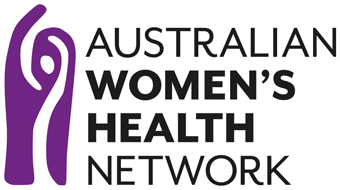Publisher: Responding to Child to Parent Violence 2015
Status – CURRENT
Child to Parent Violence (CPV) is the most hidden, misunderstood and stigmatised form of family violence. It involves teenage and younger girls and boys who use physical, psychological, emotional and financial abuse over time to the extent that parents/carers live in fear of their child. The project adopted an action research methodology motivated to understand practice and policy in relation to CPV in each partner country (Spain, Bulgaria, England and Sweden) and to learn how to improve both by reflecting on the changes made through project actions. The project aimed to raise awareness of child to parent violence, find out how countries across Europe deal with it and provide resources including films and toolkits for practitioners who work with young people and parents experiencing this problem. The project has raised awareness of two CPV intervention models currently in use – in particular Break4Change (Brighton & Hove City Council) and Non Violent Resistance (National University of Ireland, Galway) – and investigated how these models could be used effectively in other countries.

